Southern California’s urban wildflowers
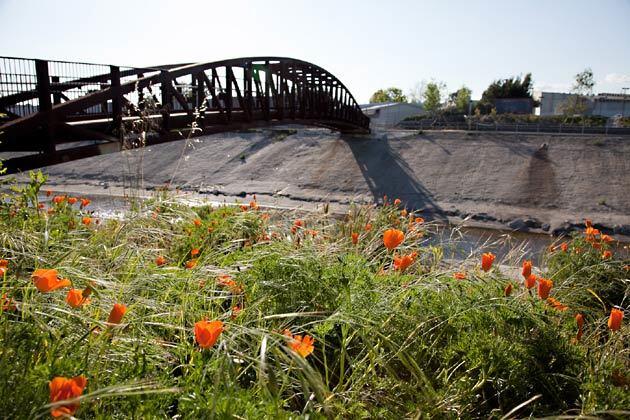
This photo caption has been corrected.
California poppies next to a pedestrian bridge west of Overland Avenue in Culver City.
For the record, 11 a.m. April 19: A previous caption for this photo incorrectly identified the scene as being in Playa del Rey. (Armand Emamdjomeh / Los Angeles Times)
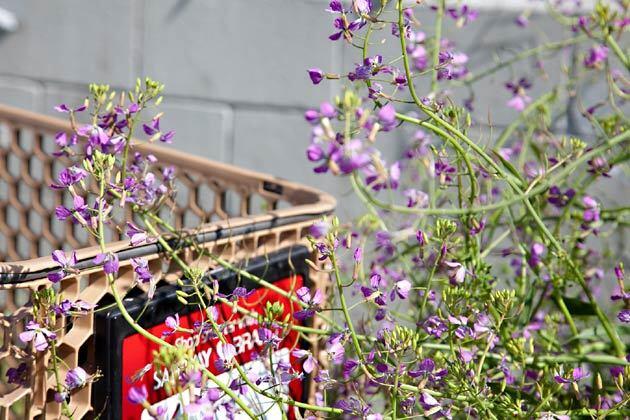
The nonnative wild radish, a member of the mustard family photographed at Milton Street and Mascagni Avenue, near Marina Del Rey Middle School. (Armand Emamdjomeh / Los Angeles Times)
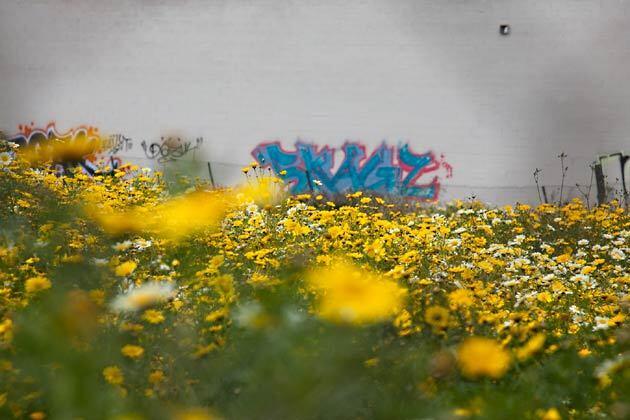
A field of coreopsis along the bike path near the 90 Freeway overpass. (Armand Emamdjomeh / Los Angeles Times)
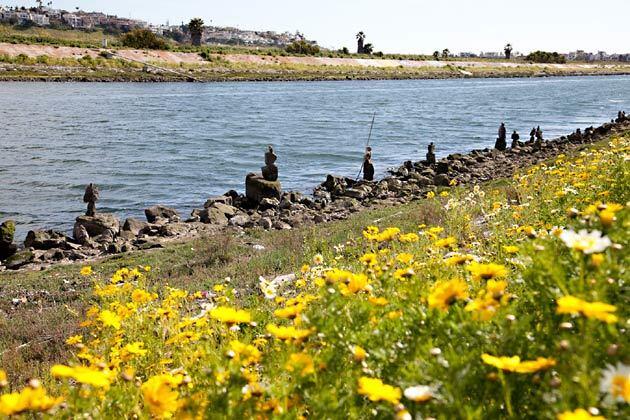
Coreopsis photographed from the Ballona Creek bike path, past Lincoln Boulevard. (Armand Emamdjomeh / Los Angeles Times)
Advertisement
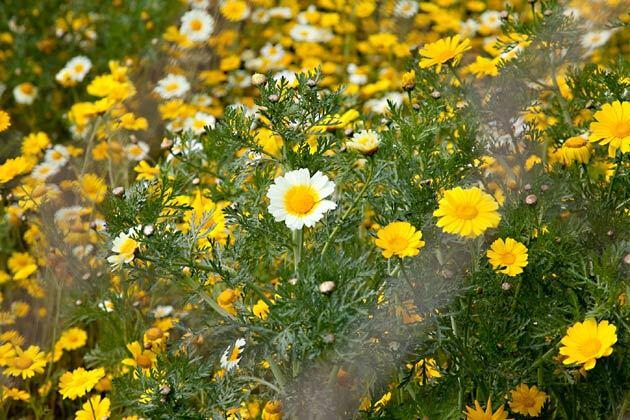
Coreopsis. The white flowers are a genetic mutation. (Armand Emamdjomeh / Los Angeles Times)
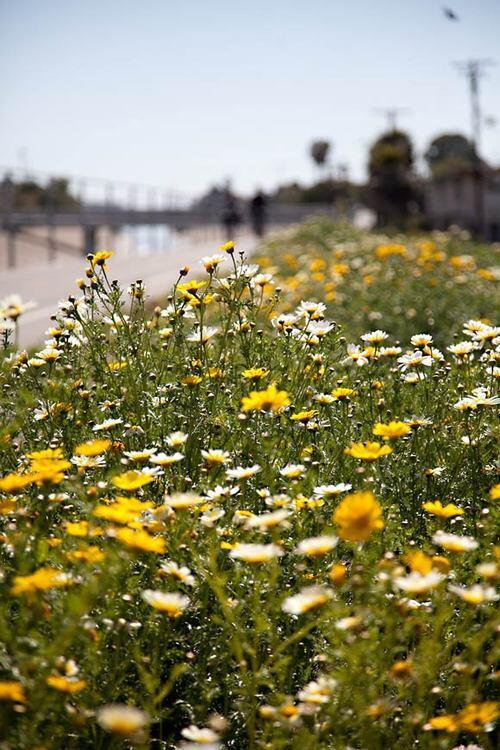
Coreopsis at Ballona Creek, near Purdue Avenue. (Armand Emamdjomeh / Los Angeles Times)
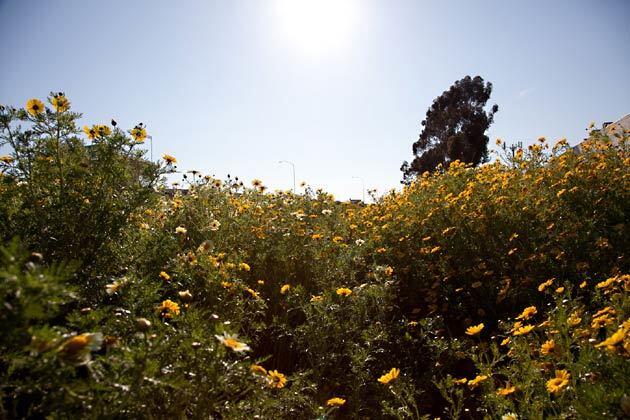
Coreopsis. (Armand Emamdjomeh / Los Angeles Times)
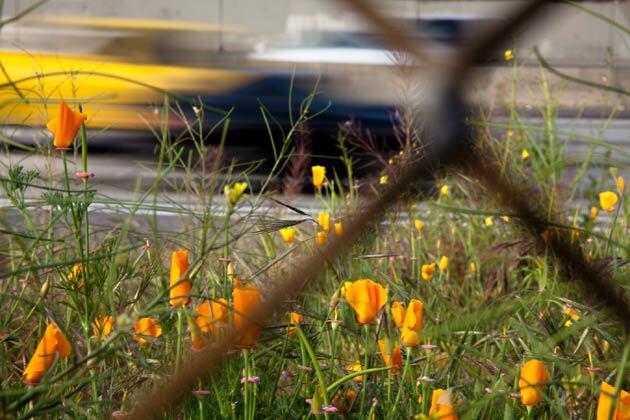
The next set of photos is from the bike path along the L.A. River between Fletcher and Riverside drives. Above: California poppies along Interstate 5. (Armand Emamdjomeh / Los Angeles Times)
Advertisement
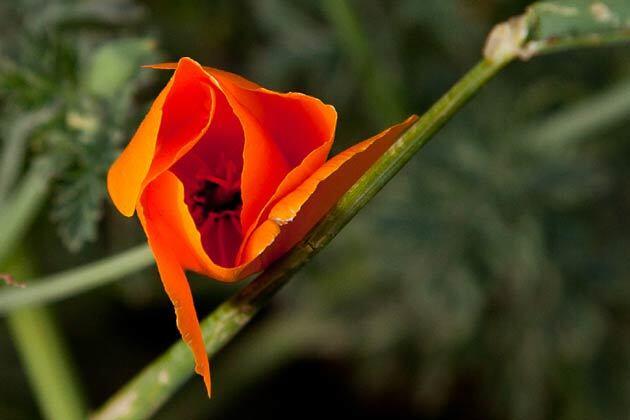
Close-up of a California poppy. (Armand Emamdjomeh / Los Angeles Times)
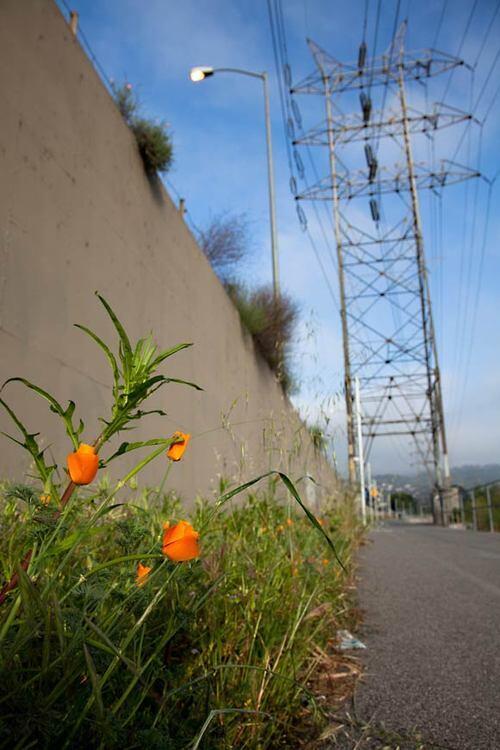
California poppies. (Armand Emamdjomeh / Los Angeles Times)
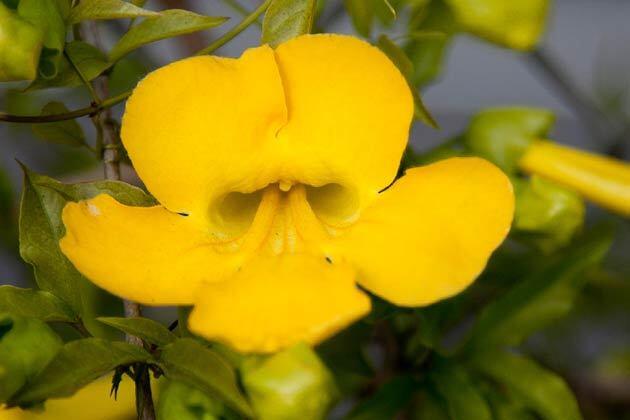
Yellow trumpet vine (a.k.a. cat’s-claw vine). Ann Croissant, author of “Wildflowers of the San Gabriel Mountains” and professor emeritus of botany at Asuza Pacific University, said this is considered an “urban escape.” “It’s a plant from the garden that got away.” (Armand Emamdjomeh / Los Angeles Times)
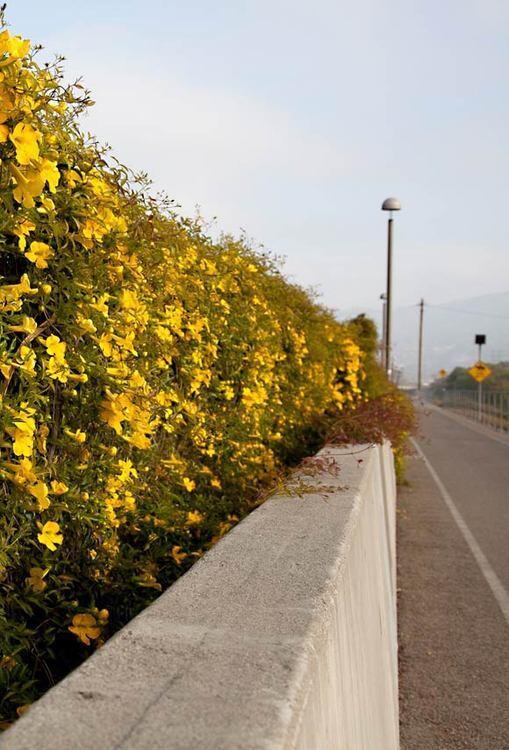
It’s invasive in the wild, but one of our colleagues said this swatch of color took his breath away. When it comes to flowers in the city, beauty is in the eye of the beholder. (Armand Emamdjomeh / Los Angeles Times)
Advertisement
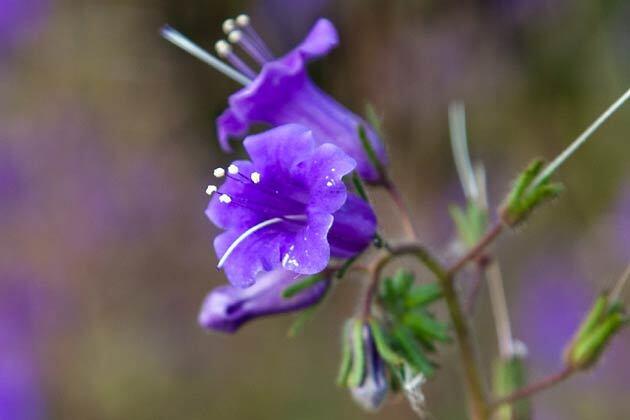
Wild Canterbury bells. (Armand Emamdjomeh / Los Angeles Times)
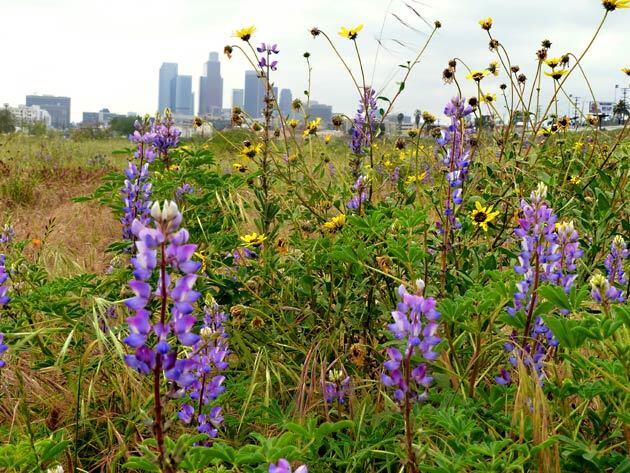
Photographer Jason La went to Los Angeles Historic Park, a 32-acre park on the border between Chinatown and Lincoln Heights. Plants here receive a bit of attention -- they are occasionally watered, and invasives like the African daisy are weeded out as much as possible. Pictured here: lupines and common sunflowers. (Jason La / Los Angeles Times)
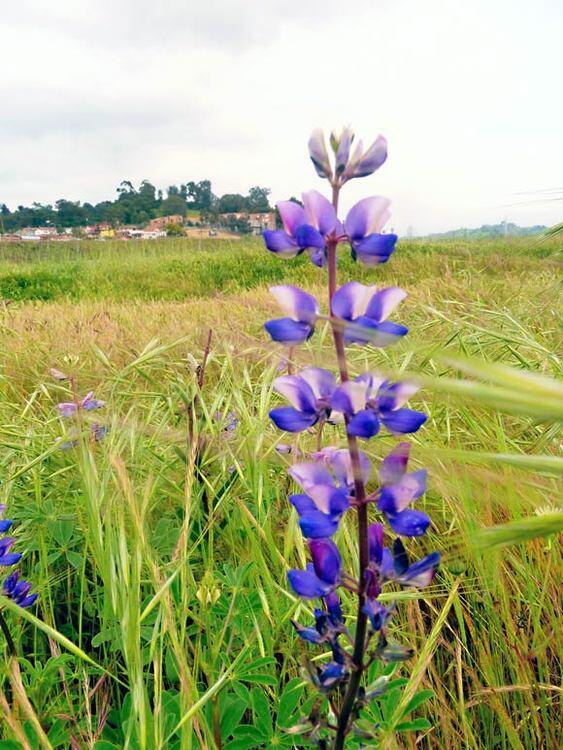
Lupine. (Jason La / Los Angeles Times)
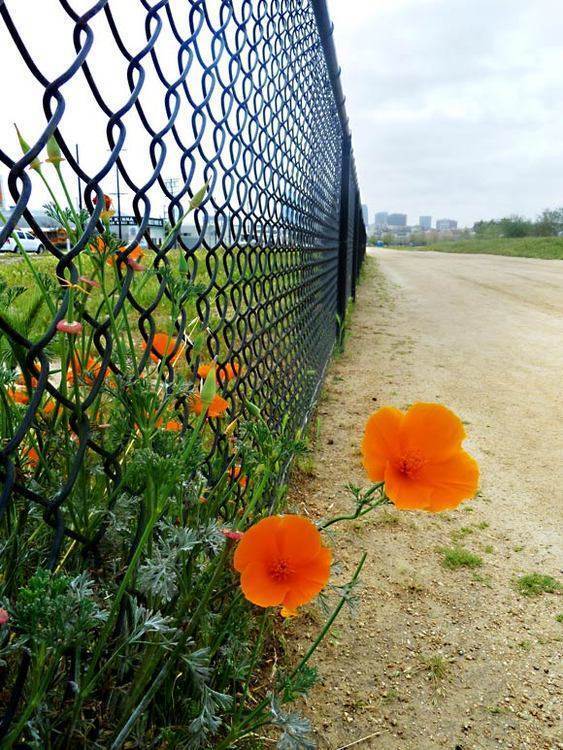
California poppy. (Jason La / Los Angeles Times)
Advertisement
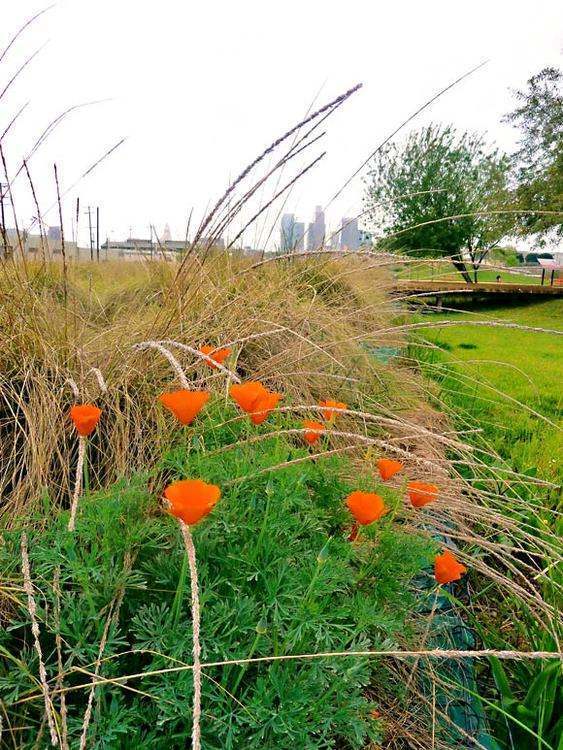
California poppy. (Jason La / Los Angeles Times)
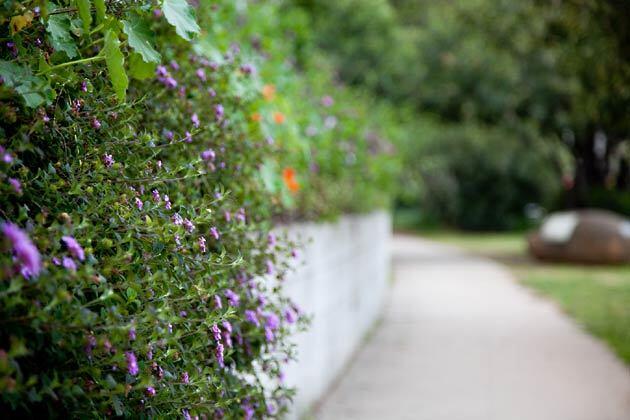
This grouping of plants, what Croissant described as an “urban bouquet,” was found along the reservoir on Silver Lake Boulevard. “It’s a mix of native-plants, nonnative weedy species and urban escapes,” she said. The group includes poppies in the background, sow-thistle, horehound and lantana. (Armand Emamdjomeh / Los Angeles Times)
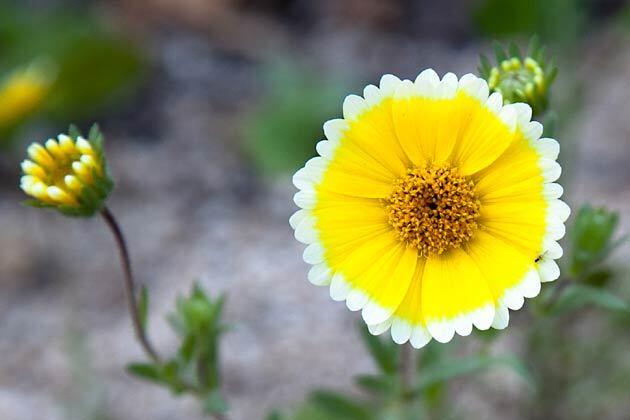
Tidy-tip grow off of Griffith Park Drive on the Atwater side of Griffith Park. (Armand Emamdjomeh / Los Angeles Times)
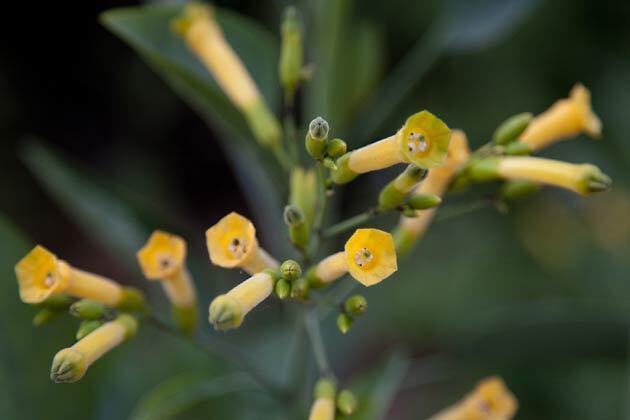
Tree tobacco. It’s a nonnative and highly poisonous when eaten. (Armand Emamdjomeh / Los Angeles Times)
Advertisement
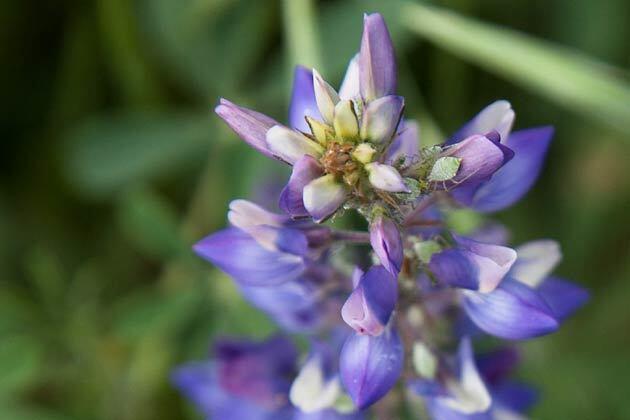
Lupine. (Armand Emamdjomeh / Los Angeles Times)
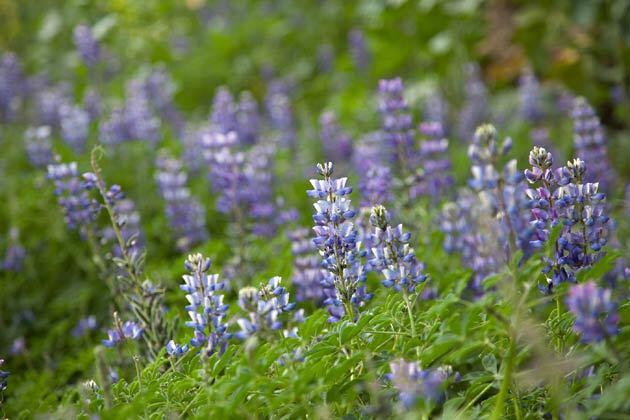
Lupine. (Armand Emamdjomeh / Los Angeles Times)
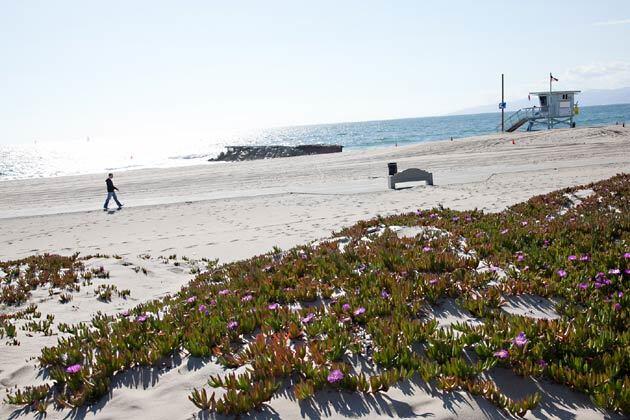
Ice plant. (Armand Emamdjomeh / Los Angeles Times)
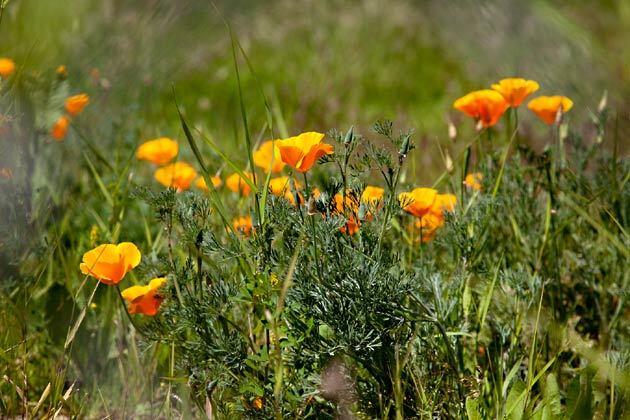
California poppy. (Armand Emamdjomeh / Los Angeles Times)
Advertisement
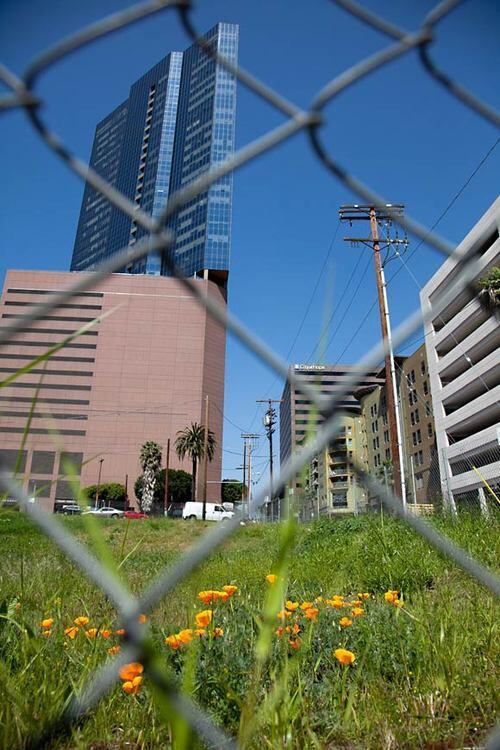
California poppy. (Armand Emamdjomeh / Los Angeles Times)
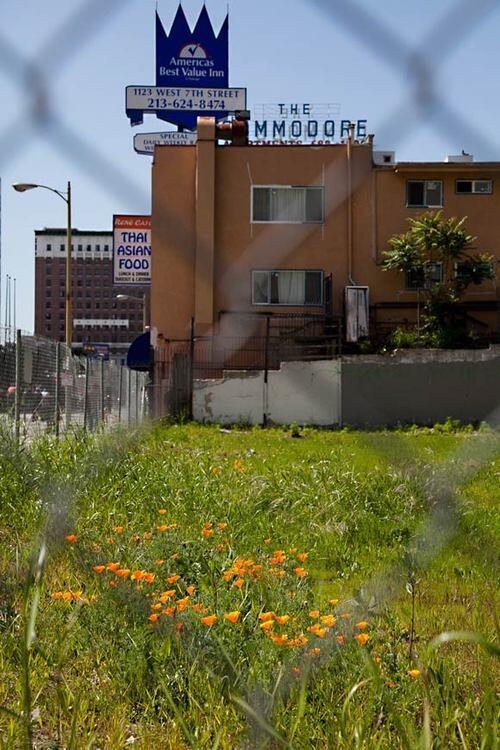
California poppy. (Armand Emamdjomeh / Los Angeles Times)
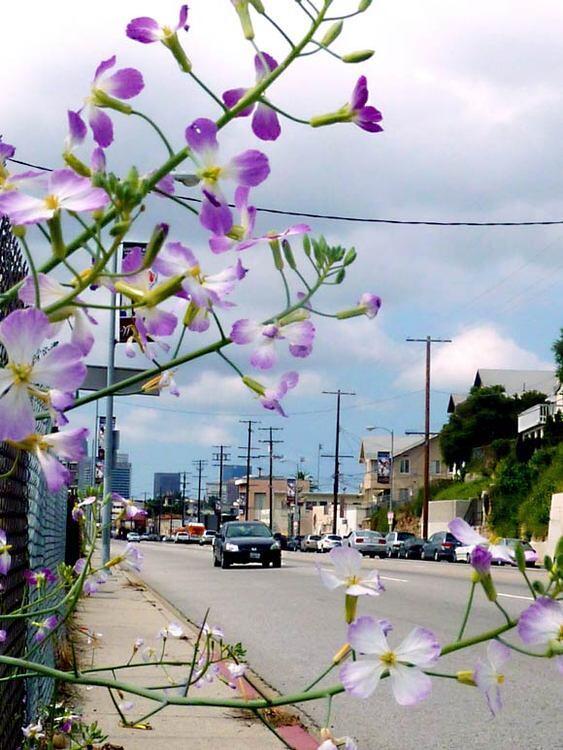
Wild radish. (Jason La / Los Angeles Times)
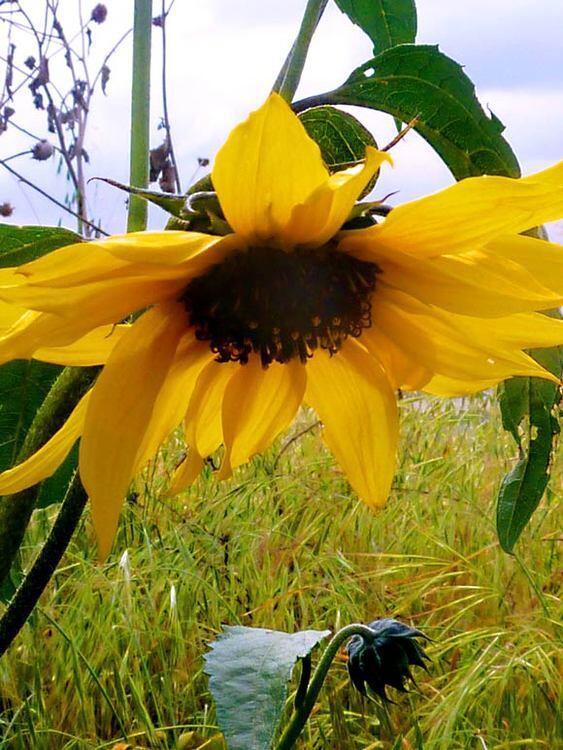
Sunflower.
If you have any photos of wildflowers in and around L.A., please upload them to our reader photo gallery. (Jason La / Los Angeles Times)



